Mark Jones is a UX consultant and by all means a mentoring machine, especially during this lockdown period.
In this blog, Mark shares his thoughts on:
• The skill gaps between education and industry
• How you can create a brilliant UX portfolio
• The skills you need to show in an interview
• What he looks for in a UX Junior
Mark has developed an online course called GETREADYUX in response to common questions and employment problems raised by the 200+ UX juniors he has mentored during lockdown in his spare time.
GETREADYUX has been designed to fill the knowledge gaps identified and help you exceed the expectations of hiring managers and thrive as a UX Professional.
*This interview has been adapted from the original video script to make it easier to read
Watch the full interview with Mark here 👇
My approach to UX is holistic. I have a strong passion for the UX lifecycle as a whole, with a specific passion for introducing design strategy that is human centric and validated. I am experienced in B2E, B2B and B2C applications and developments and I am flag waving advocate for design thinking and the design sprint process. For me, job satisfaction comes from the complete validation the UX lifecycle brings.
- Mark Jones
What is UX design?
You can answer that in a number of different ways, but I guess the important thing to remember is that there’s a distinction between digital customer interactions. You have CX which is ‘customer experience’ and then UX which is ‘user experience’, covering all aspects of a user’s interaction with the digital service of a company.
So it could be an app or a website but really, any kind of interaction the user has with that service – It’s our job to make sure that that experience is a happy one. I think the main thing to really understand is that our discipline as UX designers is design thinking and we manage that through the adoption of different methodologies and they’re generally quite cyclical in nature and allow for the focus to be on empathy and human computer interaction.
How did you get into UX design?
I merged into it through agile web development. So that was 10 years ago. Well 15 years ago I started in IT management and I was managing web development projects utilizing scrum. Lots of agile methodologies, lots of ceremonies and lots of projects. And then after five years I kind of found that my role was largely user experience design. And the term was kind of becoming more prominent and that’s when I went into consultancy. So, for the last 10 years I’ve been working as a consultant for companies like Coca Cola, Jamie Oliver, Enterprise Rent-A-Car, JP Morgan, Newcastle, Manchester & Birmingham City Councils, Sport England – Lots of different companies.
How would you describe a typical UX project process?
I’m a big fan of a certain methodology called the Double Diamond which was developed by the British Design Council and is based around four quadrants: Discover, Define, Develop, Deliver. It can be used for designing a physical product and we follow that same process.
During our week, we work in one of those quadrants and conduct a daily stand-up, which is an agile ceremony. Lots of PBRs which are like project backlog refinements and other agile ceremonies. Stakeholder management – which is basically, looking at how we can pin people down and get users in the room to speak to the right people. On top of that, we create the design iterations which look at how the outfits of those sessions go into the actual physical design. So yeah, a wide variety of stuff.

I wasn't aware of the extent of these knowledge gaps and how much there was missing in the psyche of these kids because they were generally following a very rigid kind of factory style UX process. It doesn't really lend itself to what hiring managers are after.
- Mark Jones
What would you say is the biggest benefit of bringing young people up through the ranks?
It allows for a diverse workforce, fresh ideas and new ways of thinking. There’s no real financial benefit, so it’s all about diversity, inclusivity and always promoting new blood because the idea of bringing the youth through is actually beneficial to everyone really.
It’s a really solid career path and the route to further their development as individuals, but I think the main thing is just the diversity and the ideas are fantastic.
We do design thinking activities with grads and they’re really hot. They know so much stuff about apps and interactions that generally a lot of older designers don’t necessarily know. So that kind of skill and knowledge of the latest technologies like Snapchat and TikTok and things like that, which we don’t necessarily interact with is great.
When we do projects and there’s a fresh angle, that to me is totally refreshing. I really love that part of those sessions because that’s what makes me go away and start evangelizing. Those sessions are fantastic.
In one session we had to design an app with the interns for a vegan dog food app for non- binary dog owners.
It was just the funniest, out-there idea that no one would have ever come up with apart from this generation. It was the source of much amusement, but it was a challenge. It was just something that, our generation perhaps would not have thought of as a persona or an idea for an app but maybe that says something about that generation. I’m not sure, but it was all good.
What do you get out of graduate mentoring on a personal level?
It always starts off quite challenging because they don’t know what to expect and they’re always quite well behaved. Once they realize that they can throw the rulebook out and start engaging with us in a space to ideate and realise we’re actually asking them to have fun, that’s when they start to think outside the box the relationships start to improve.
The more interaction with the students and interns, the more they feel comfortable to start speaking about ideas they’ve got or asking for help. We’re working now to try and really push this idea of bringing interns in.
I think one of the main problems is having the infrastructure in place for them. It’s really important that there are appropriate roles and there are projects and there are people to mentor them through this process because I’ve heard of cases in the past, in other contracts where the graduates are brought on or interns are brought on and they end up going to things like JavaScript lectures which are completely irrelevant to UX designers. They’re kind of shoehorned into this ‘tech role’ and there’s not necessarily the infrastructure in place to put them into a UX program.
That’s something that needs to change, and it is changing. There’s certainly an appetite for it. So that’s a really good incentive to move forward and I suppose, that’s something I’m very much trying to push at the moment.

We're looking at a 73% drop on last year's jobs for juniors and 100 people applying for the same role. It's crazy. (Juniors) can't control the market, they can't control Covid, they can't control recruitment consultants, but they can control their personal growth and development. They can control their ability keep on going, because don't get anywhere standing still.
- Mark Jones
What have you been doing during lockdown?
The last two months have been the busiest two months of my life! My daughter just graduated from General Assembly in UX design and is a victim of the lockdown. So, we ended up posting an article on LinkedIn like: ‘Hire Junior Designers’ in a really bold text and it went viral. 100,000 views later and my Inbox was going crazy. Since then I’ve been mentoring over 200 people, guest speaking at Flatiron (the UX School), Wynecode Academy which is in Miami – Lots of places. But we’re working on a course to try and bridge some gaps between the education system and the actual application of UX in collaboration with Middlesex university.
All this stuff spiralled and ended up with me developing this course to try and help juniors and people transitioning into UX because I can’t spend all my time (literally 100 hours a month it was!) mentoring on this scale. So, I’m trying to find ways to keep it going, but also make it slightly less intense for me with group sessions and master classes as well as mentoring.
It’s completely changed my outlook because I think before, I wasn’t really aware of any gaps in skills or knowledge from the education system and the application of UX in the workplace. Obviously, I understood that there would be gaps because they’ve never worked in the environment, but I wasn’t aware of the extent of these knowledge gaps and how much there was missing in the psyche of these kids because they were generally following a very rigid kind of factory style UX process. It doesn’t really lend itself to what hiring managers are after.
If you go to an interview, you don’t know the answers to a lot of questions, it can be quite soul destroying. I feel like we’re facing a lost generation of designers, and I think if they don’t get jobs in UX, they might just move on to the next best thing. And that could be anything. Whatever they can get their hands on. So, it’s a very important time.
We’re looking at a 73% drop on last year’s jobs for juniors and 100 people applying for the same role. It’s crazy.
(Juniors) can’t control the market, they can’t control Covid, they can’t control recruitment consultants, but they can control their personal growth and development. They can control their ability keep on going, because don’t get anywhere standing still.
I am surprised that, whether you're a Master's degree student, or a Degree student, or a bootcamp student, the gaps in the knowledge are exactly the same.
- Mark Jones
Have you built the course based on your own knowledge, experiencing and the questions from your mentorship sessions?
Yes. I was asked exactly the same questions and gave exactly the same answers so many times. It’s just a massive disconnect between certain aspects of the ecosystems.
The understanding of who sits next to you, the agile methodologies, the agile environment, the idea of a product owner and what JIRA is, and how we utilize that. How senior stakeholders get funding to have ideas, product thinking, and designing for impact.
All these things our hiring managers really want to see, they’re like mental boxes in the mind of the hiring manager. If you can tick those mental boxes, then you’re automatically increasing up this ladder of maturity in the eyes of the hiring manager.
Juniors need to ditch these rigid case study’s, because when they actually break their script and they start speaking normally – you say, “well, what you just said is what I wanted to hear”, not the kind of robot monotonous “I did this, I did this, I did this”.
We really want storytelling and we want to know that you can facilitate, you can stand up and take users into a room and get information from them without too much of a problem. There’s just loads of skills shortages, skills gaps and I suppose knowledge gaps, so the education system is completely broken.
I love bootcamps I think they’re great – as long as they’re selling themselves as being a step on the ladder and nothing else. I guess we’ve been in such a busy market in the last few years that people have been lucky enough to come straight out into a job and they’ve kind of ridden that wave and now that’s stopped.
People are starting to question it and I don’t think that’s a bad thing. But I am surprised that, whether you’re a Master’s degree student, or a Degree student, or a bootcamp student, the gaps in the knowledge are exactly the same.
You would always think that people at university would generally be most tooled up for the job and they’re really not. So, yeah, that’s interesting.
If they can really articulate a process through divergent and convergent thinking and show you that they're actually getting and managing design thinking, it's something that I really like to see - and I guess all the things I'm trying to teach! Students stand out if they are well prepared and they have presentations ready - it's very rare but it does happen. People who can think outside the norm and who aren't afraid to be creative as they follow guidelines and industry standard methodology.
- Mark Jones
What do you look for in a junior UX designer?
Impactful design is a big one. I don’t want to see things like fitness apps, coffee shop apps, pizza shop apps. I wanna see things that have real meanings.
I really look for things that solve people problems. What people problem are you fixing? How impactful was the result of what you did? I love process and methodology. I love to see that they are showing you a specific methodology, whether it’s the double diamond or Jesse Garrett’s five planes or something like that.
If they can really articulate a process through divergent and convergent thinking and show you that they’re actually getting and managing design thinking, it’s something that I really like to see – and I guess all the things I’m trying to teach!
Students stand out if they are well prepared and they have presentations ready – it’s very rare but it does happen. People who can think outside the norm and who aren’t afraid to be creative as they follow guidelines and industry standard methodology.
They always describe UX design as a job in adverts as like “Ninja UX designer” or “Hero UX designer” or “Rockstar UX designer” and they expect us to come in and do these magical things. I think it’s hard for people to live up to that kind of thing.
I think generally the best candidates I’ve seen have an understanding of agile, visual design, research, process and being able to articulate and tell a story as well.
It’s hard when you’re coming from nowhere. When you’re coming from no experience.
There's always a ‘people angle’ in whatever you do. And it's really important that you find those people angles and actually draw out that people problem within in your case studies. There's anxiety, there's stress, there's all kinds of problems. And I think really showing a level of maturity, which is going to allow me to trust that person to do that job is quite important in an interview scenario. Your case studies have to reflect that. They have to reflect the impact that saving lives can have.
- Mark Jones
What would your top tips for UX grads and students be?
Don’t stand still, you don’t get anywhere doing that. Keep working on passion projects. Keep working on the understanding of product thinking and designing for impact. Try fixing real people problems because there are lots of those around at the moment and really trying to network and look at making a list of the companies you want to work for, rather than just applying for everything.
Network and add those people/companies to your LinkedIn network and try to find out who your next boss will potentially be. Increase your productivity on LinkedIn, increase working on your UI skills if you need to. Increase your understanding of the whole methodology we use.
I want you to be able to speak about design thinking in the same way a doctor can speak about medicine. You need to be able to show real mastery because I think what’s important is that, UX is really saving lives. And when we look at banking for an example, you have people that can’t leave work at 5:00 p.m. because they have a queue of work and they leave at 9:00 p.m. They can’t leave early because then they leave that work to their colleagues and then their colleagues are annoyed that they’ve got extra, extra work, so they’re leaving later. They miss their families and they’re going home worried sick that they’ve lost millions of dollars and they could lose their job.
There’s always a ‘people angle’ in whatever you do. And it’s really important that you find those people angles and actually draw out that people problem within in your case studies. There’s anxiety, there’s stress, there’s all kinds of problems. And I think really showing a level of maturity, which is going to allow me to trust that person to do that job is quite important in an interview scenario. Your case studies have to reflect that. They have to reflect the impact that saving lives can have.
A lot of people will have to rewrite what they’ve done, which is unfortunate, but I really try to give them the best skills or tools to move forward into the interview scenario.
It’s certainly an interesting time and they have the time to do this stuff, whereas before they would’ve been, quite comfortably able to get jobs pretty much straight away. Now they’re very much in competition with others with 100 people per role. So, if they’re coming out on the bottom rung of the ladder and everyone is on the bottom rung of the ladder – How do we make them stand up?
Every one of the courses I’ve designed is designed to knock them up two steps on that ladder so that when they go into this interview process, they’re the best that they can be.
On top of their game.

What will UX juniors get out of the GETREADYUX course?
It’s essentially four evening classes (1.5 hours per class) and each class comes with a half an hour mentoring session. So, 2 hours of mentoring on top of the 6-hour masterclasses.
We will be looking at things like product thinking, the role of the products designer, designing for impact, agile methodologies, scrum and the ceremonies.
We will be looking at the application of design thinking and the playbook (your toolbox). Ultimately showing how we make impactful designs and case studies that are really showing off your skills.
There is also a module on the actual interview process itself. We will look at design challenges in zero tech presentations and having to articulate yourself through the interview rather than relying on a web-based case study. A lot of people might go through and just try and talk over their website and people, generally hiring managers, would rather hear a story as to what you did with supplementary infographics.
A lot of people don’t realize that employers are looking to draw your skills out of you in order to fix people problems. For example:
1) What’s the people problem you’re trying to fix?
2) How do you know it’s a real problem?
3) How do you know when you’ve fixed that problem?
All these things are missing the idea of product thinking in business value. User need hypothesis, Business need hypotheses. It’s just not there. And it’s no one’s fault, but it can be fixed.
How can people sign up to the course?
I run one course a month and the first one starts in September (2020). It’s available for 20 people at a time on my website, markjones.online where you will see a little tab for UX courses at the top of the page.
Guest Author:
Name: Mark Jones
Job Title: UX, Product & Digital Design Lead & Career Coach
Website: markjones.online
LinkedIn: https://www.linkedin.com/in/markjones22/
Creative sectors: Brand / Graphic Design, UI / Visual Design, UX Design / Research
University attended: University of Southampton & The Open University
Courses studied: BA (Hons) & Msc Systems Thinking in Practice
For more information about Mark and the GETREADYUX course, please visit: markjones.online
👉 If you would like to post a guest blog on our page, please email info@ternheads.com and use the subject line ‘Guest Blog’
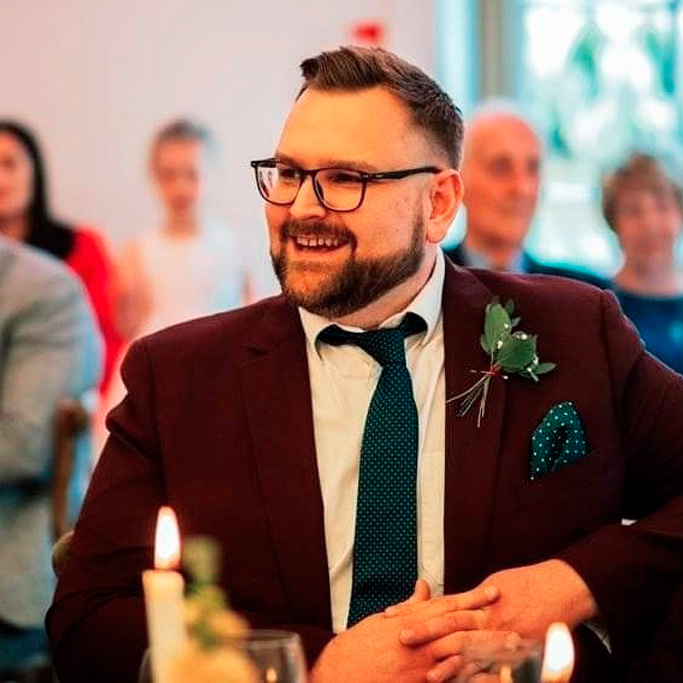
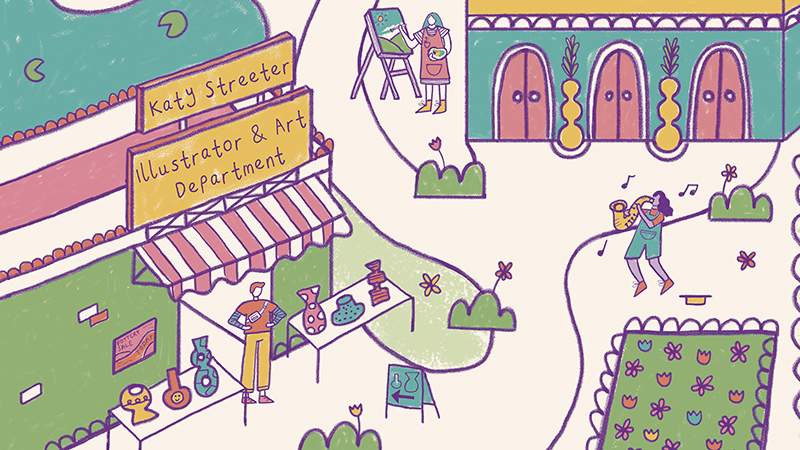



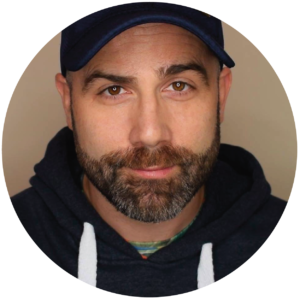
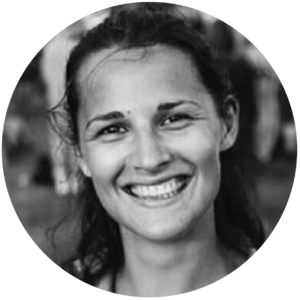


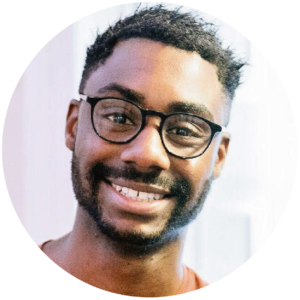
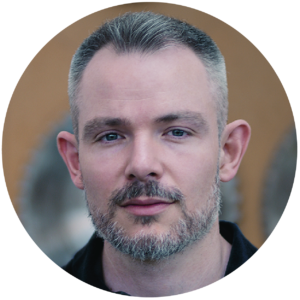

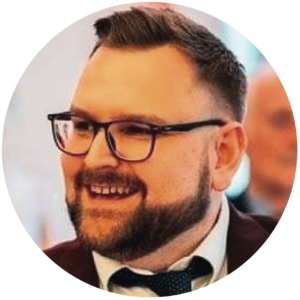
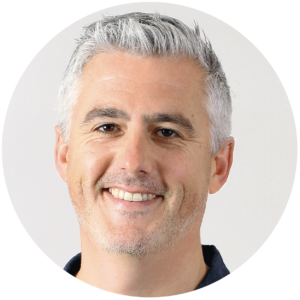
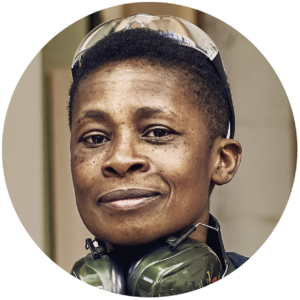
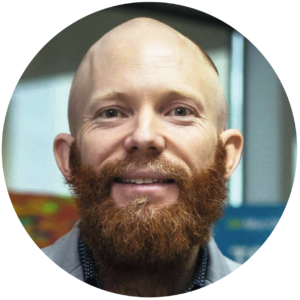



Responses